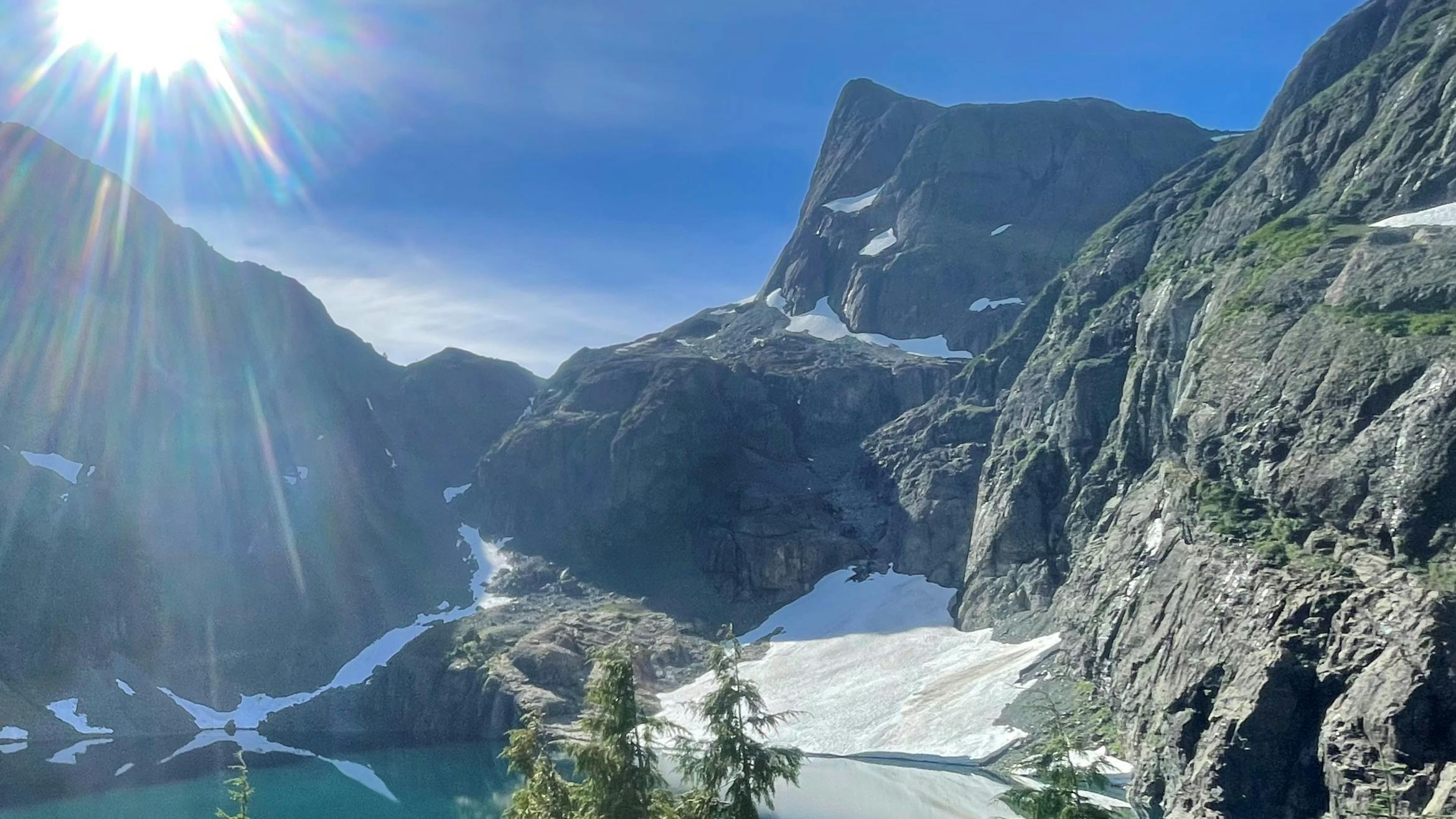August 2022 Kala'mas: Gwa'ni Project Topics and Passive Open House

The Gwa’ni Project covers a large range of important topics. Here are some more details about topics that are being considered as part of the work that ‘Namgis is doing with the Province to update the land use plan for the Nimpkish Valley:
Land Use Designations
A simple way to understand land use planning is through land use designation zones and how different areas and natural resources are being managed, used, and protected by the land use plan. There are different types of land use designations that are currently used in the Nimpkish Valley:
- Protected Areas: Land where forest harvesting is not intended to occur and natural processes are generally left undisturbed.
- Low Intensity Resource Extraction Areas: Lands where environmental, recreational, and cultural values are prioritized, but logging will occur using harvest strategies that allow forests to grow older and remove lower volumes of timber.
- General Resource Management Zones: Land where logging activities occur following standard management strategies that attempt to balance timber values with environmental, recreation and cultural values.
- High Intensity Resource Extraction Areas: Land where logging activities have a higher priority, with the expectation that timber harvest could impact environmental, recreational and cultural values.
Through the work of the Gwa’ni Project, and with input from members, the Gwa’ni Project Technical Team will likely recommend that some of these designations change to better protect areas that are important while creating a balance between ‘Namgis values and economic and recreational activity in the Valley.
Aquatic habitats and riparian zones
Some of the most popular places that members visit in the Valley are the aquatic areas. Places like lakes, rivers, fish habitats and riparian areas (i.e., the forest ecosystem near natural water bodies) are often very rich habitats for plants and animals that rely on forest connectivity, which allows animals to move around and adapt to different environments. As part of the work to develop consensus recommendations, the Gwa’ni Project Technical Team is looking at data collected from a variety of sources over time including data from past ‘Namgis projects, speaking with members, and making decisions about how best to protect these important areas.
Forest values
‘Namgis members currently visit the Nimpkish Valley to gather things like cedar bark, devil’s club, mushrooms, and other plants and medicines. Protecting each of these plants and the areas they grow in is important for the health of the forest and to ensure that the Valley can be used for many generations to come.
These are just a few of the key topics that the Gwa’ni Project Technical Team are continuing to consider as they develop their consensus recommendations. As the project progresses, the Technical Team are using different forms of data, including input from ‘Namgis members about their land use planning perspectives and priorities.
There is still time for you to get involved! Check out the posters that are up at Council Hall, and stay tuned for information coming about the community Open House happening in the Fall of 2022!

